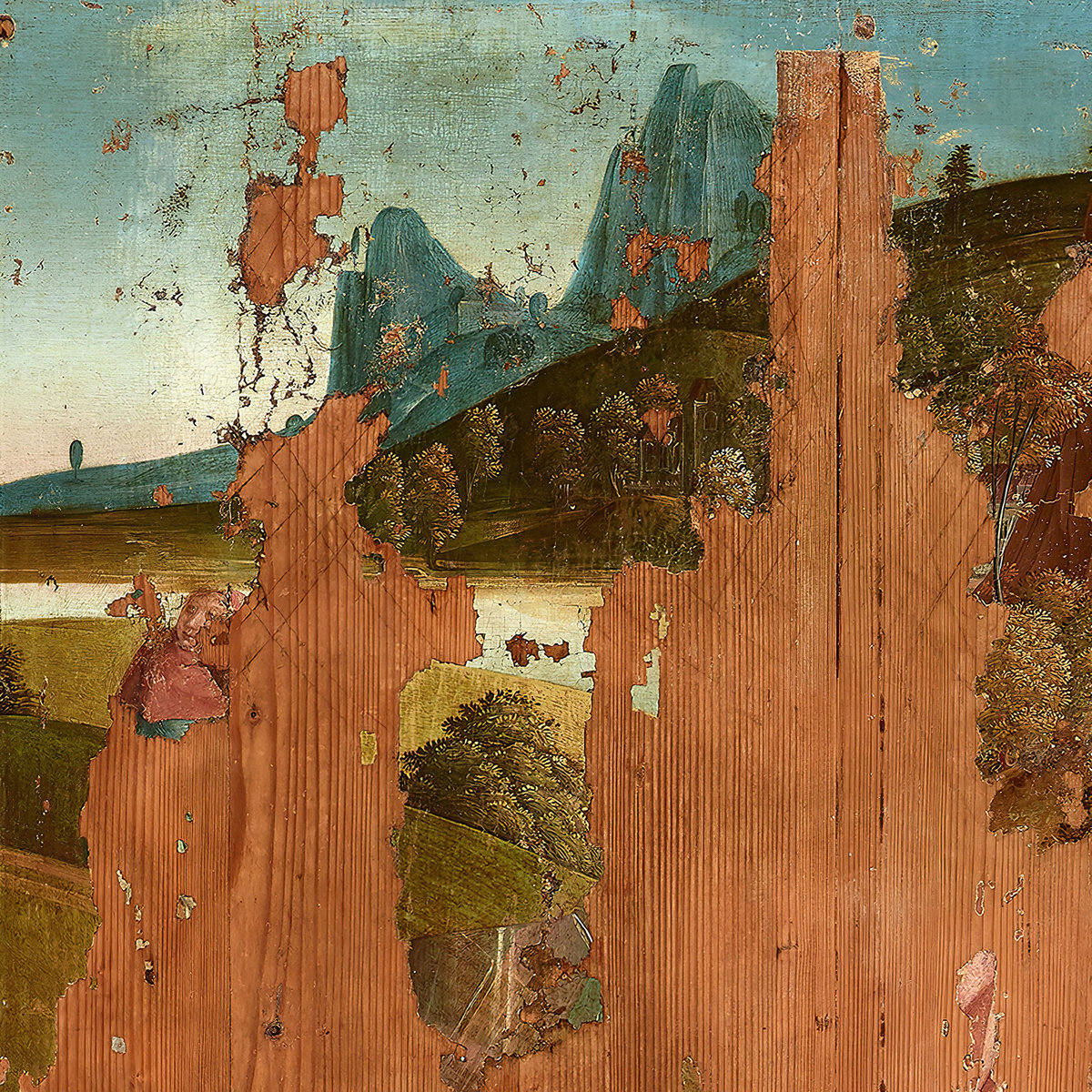Der gebürtige Franzose Alary, der inzwischen in Montreal lebt, hat als Komponist Musik für eine Reihe von Filmen und Ausstellungen gemacht, Remixe für Bands wie The Twilight Sad oder Piano Magic angefertigt, mit Björk gearbeitet und spielt im Trio Ensemble. Als Solokünstler hatte er 2017 auf Line „Pieces For Sine Wave Oscillators“ veröffentlicht. Mit „Apparitions (Vol. 1)“ erscheint im April ein nun musikalisch und konzeptionell anders ausgerichtetes Album, geht es Alary doch hier um das Erschaffen einer hauntologischen Musik für akustische Instrumente.
 Alary schreibt: „This album is the first volume of instrumental acoustic pieces centered around the idea of a musical representation of the spectrality of memory. My aim is to represent musically a space where time collapses and our past collective memories haunt our minds, like a ghost. Inspired by hauntology music which relies on the intersections of memories and depicts musically how we are haunted by the past, my process consists of composing evocative pieces smeared by noisy instrumental techniques inspired by audio artifacts from defective recording technologies. (such as hiss / white noise, tape saturation, wow & flutter, glitches). By adding instrumental grime to the sound, my aim is to evoke a deeper meaning from the musical material of the pieces. It’s like a beautiful object that has been unearthed where dirt is an integral part of it and adds more beauty and poignancy as it becomes a trace of time passing.
Alary schreibt: „This album is the first volume of instrumental acoustic pieces centered around the idea of a musical representation of the spectrality of memory. My aim is to represent musically a space where time collapses and our past collective memories haunt our minds, like a ghost. Inspired by hauntology music which relies on the intersections of memories and depicts musically how we are haunted by the past, my process consists of composing evocative pieces smeared by noisy instrumental techniques inspired by audio artifacts from defective recording technologies. (such as hiss / white noise, tape saturation, wow & flutter, glitches). By adding instrumental grime to the sound, my aim is to evoke a deeper meaning from the musical material of the pieces. It’s like a beautiful object that has been unearthed where dirt is an integral part of it and adds more beauty and poignancy as it becomes a trace of time passing.
This first volume of Apparitions features three pieces for three homogeneous music ensembles comprised of ‘Ellipses’, a viola trio, ‘Cendres’, a vibraphone and marimba quartet, and ‘Spectres’, a bassoon trio. For this album, the idea was to limit myself to acoustic instruments without using any electronic processes. Coming from an electronic music background, I decided to do a synthesis of the electronic studio composing techniques I’ve been using for years and translate them for acoustic instruments. This is why I chose to work with ensembles made up of multiple similar instruments played together in order to use psychoacoustic effects coming from the closeness of the timbres. This choice makes it possible to play on the timbral fusion of the instruments and to create sound illusions using instrumental superimpositions and other phase shifts of the musical material therefore mimicking very well electronic sound and processes.“
@ Line
